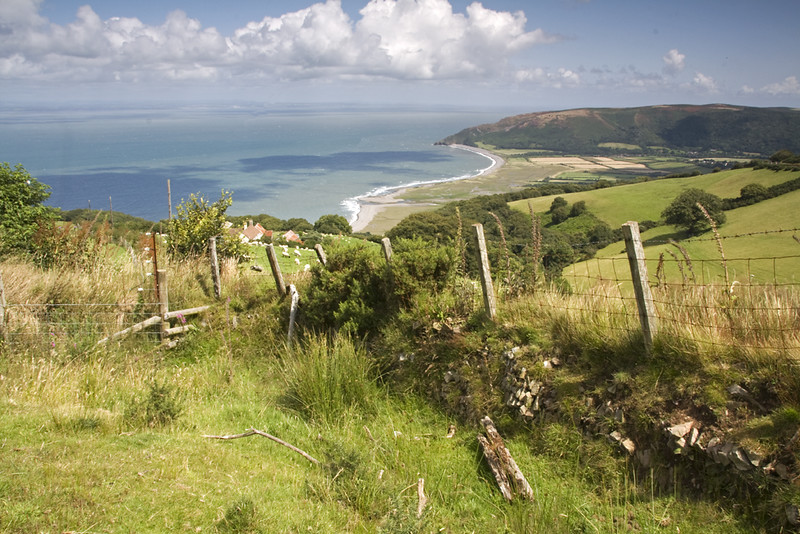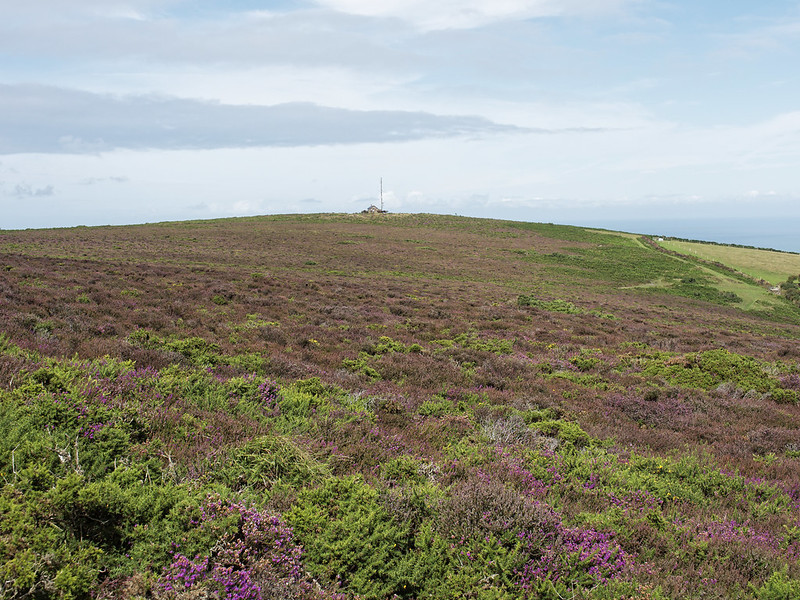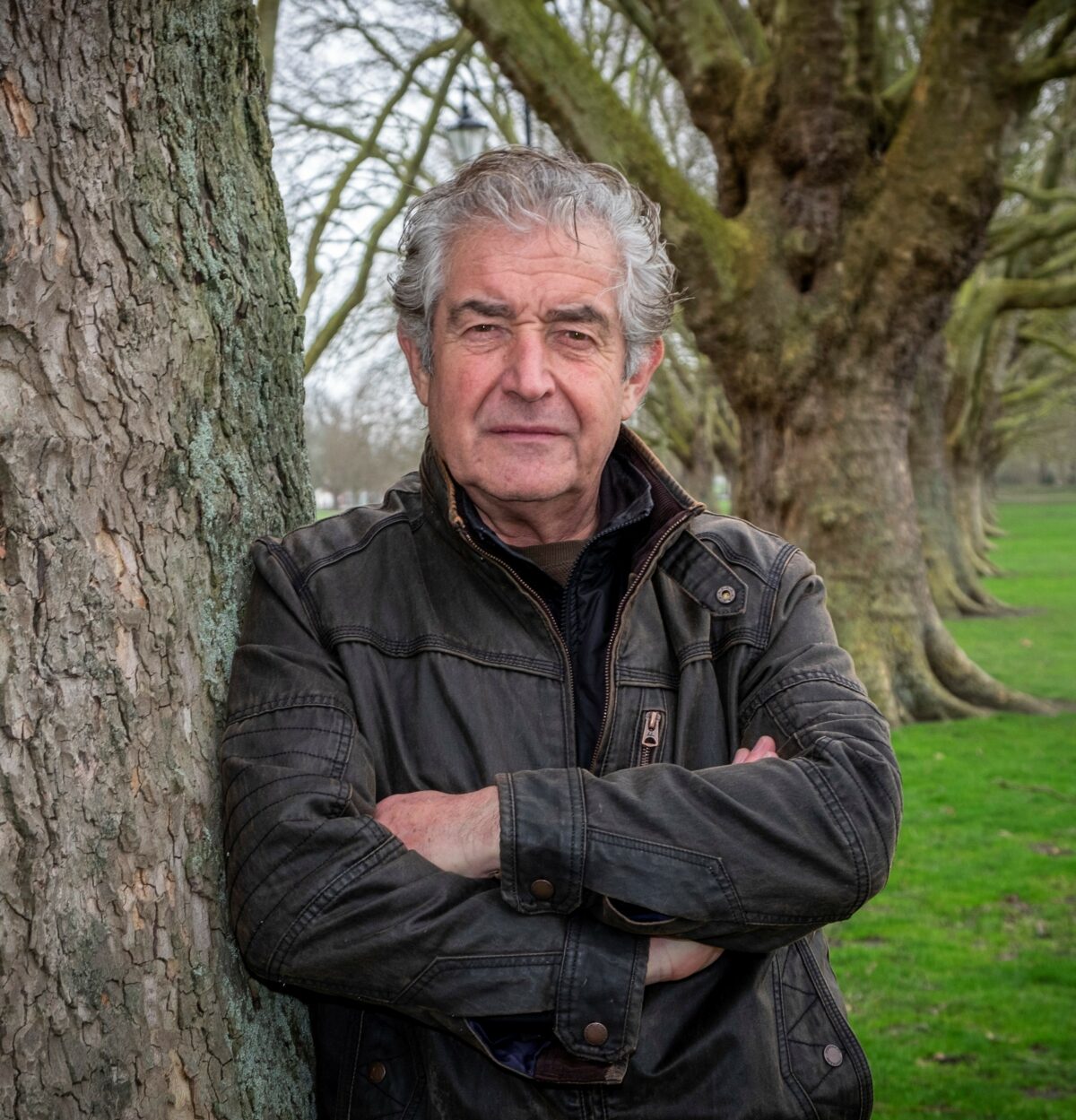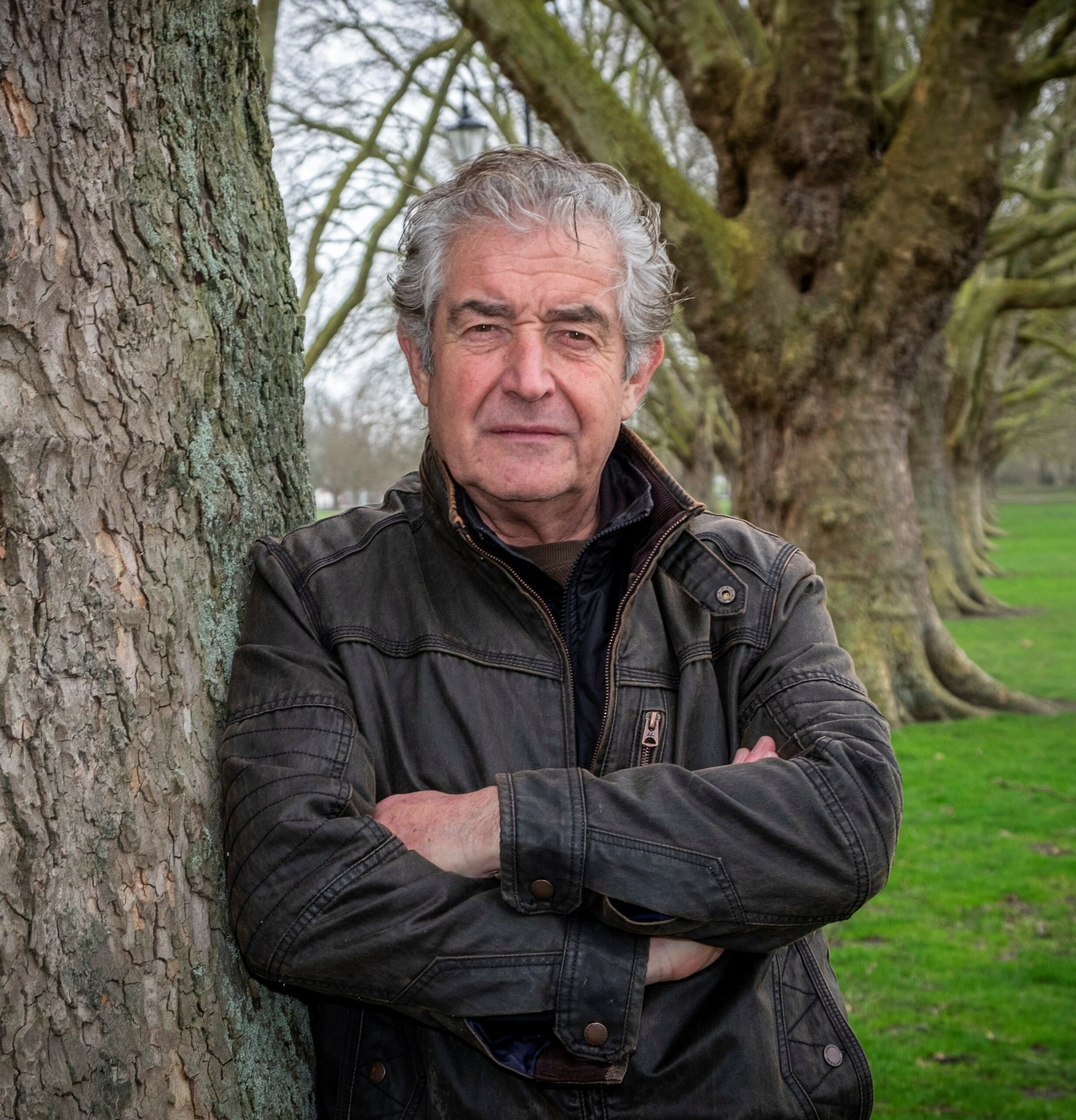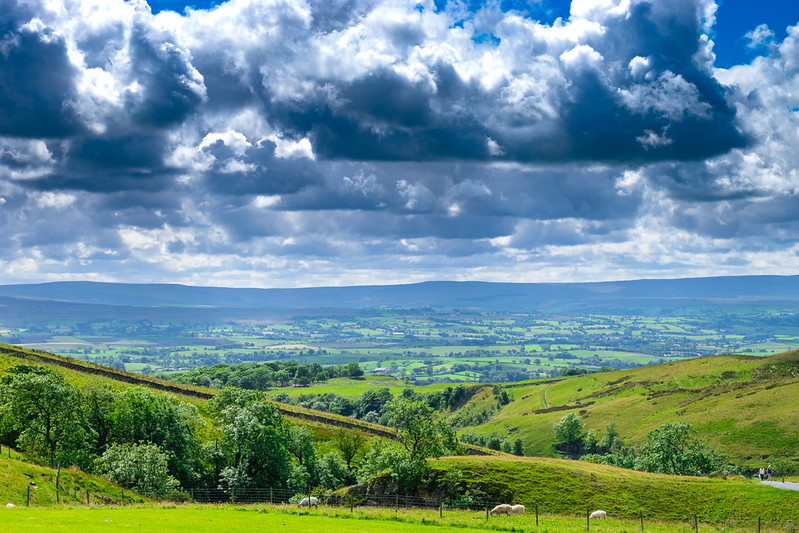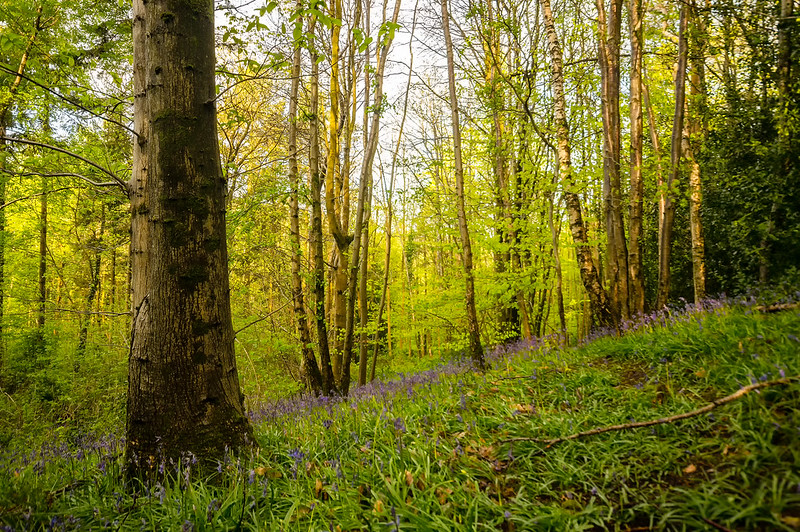 ***** A factual and nuanced picture, and a critical interrogation of previous portrayals
***** A factual and nuanced picture, and a critical interrogation of previous portrayals
I read and compared this book to Andrea Wulf’s widely-read The Invention of Nature. Historian Andreas W. Daum shows that good things come in small packages and delivers a factual, nuanced, and admirably concise biography. Straight off the bat, you can tell that this will be a different book. At 208 pages and 13 × 21 cm, it is swallowed by Wulf’s book. Though both authors are German, as a historian actively researching Humboldt’s biography, Daum is just that bit more qualified. Originally published in German, Daum was actively involved in the book’s English translation, revising and expanding it in the process.
A more detailed comparison follows at the end as I first want to judge this book on its merits. Daum discusses Humboldt’s life in six chapters, giving equal attention to periods that were less glamorous than his American and Russian expeditions. A short interlude reflects on his scientific approach, while the book ends with a chronology, a very useful narrative guide to sources and further reading, endnotes, and a selected bibliography. Daum has a clear mission statement: to examine Humboldt’s life “through a refined biographical lens [that] avoids both mystification and vilification [and] to suggest a more nuanced interpretation, portraying a multifaceted Humboldt” (p. 3). Two aspects stood out to me.
First, throughout, Daum pushes back on previous portrayals of Humboldt. Wulf’s and Meinhardt’s book are characterised as “popular, heroic accounts” (p. 162) that portray Humboldt as “a singular intellect way ahead of his time” (p. 2). He adds a clear barb at Wulf’s address by writing that Humboldt did not invent nature. He equally objects to postcolonial criticism that casts Humboldt as a gentleman colonizer. Though a necessary corrective, it needs to be combined with a fair assessment of his progressive sides. Portrayals of Humboldt as a second Columbus are similarly scorned as simplistic colonial tropes that are simply not true: “Humboldt was not venturing into unknown territory. Nowhere was he the ‘first'” (p. 55). Daum furthermore distinguishes between Humboldtian science and Humboldt’s science. Humboldt’s call for systematic collection of geomagnetic and climatological data by networks of observatories, later pursued by both Russia and the UK, has been called an example of *Humboldtian* science by historian Susan Faye Cannon. Daum counters that this is a later, idealized archetype that “jettisoned his emphasis on the aesthetic” (p. 124). *Humboldt’s* science, in contrast, was far more tentative, trying to balance empirical science with one’s subjective experience of nature. He did not have it all figured out before or after his American expedition. To suggest otherwise is “a retrospective projection” (p. 52) that does not do him justice. Finally, though Humboldt is venerated in South America and he welcomed declarations of independence, he played no role in them, nor should be labelled the “father of Latin American independence” (p. 109).
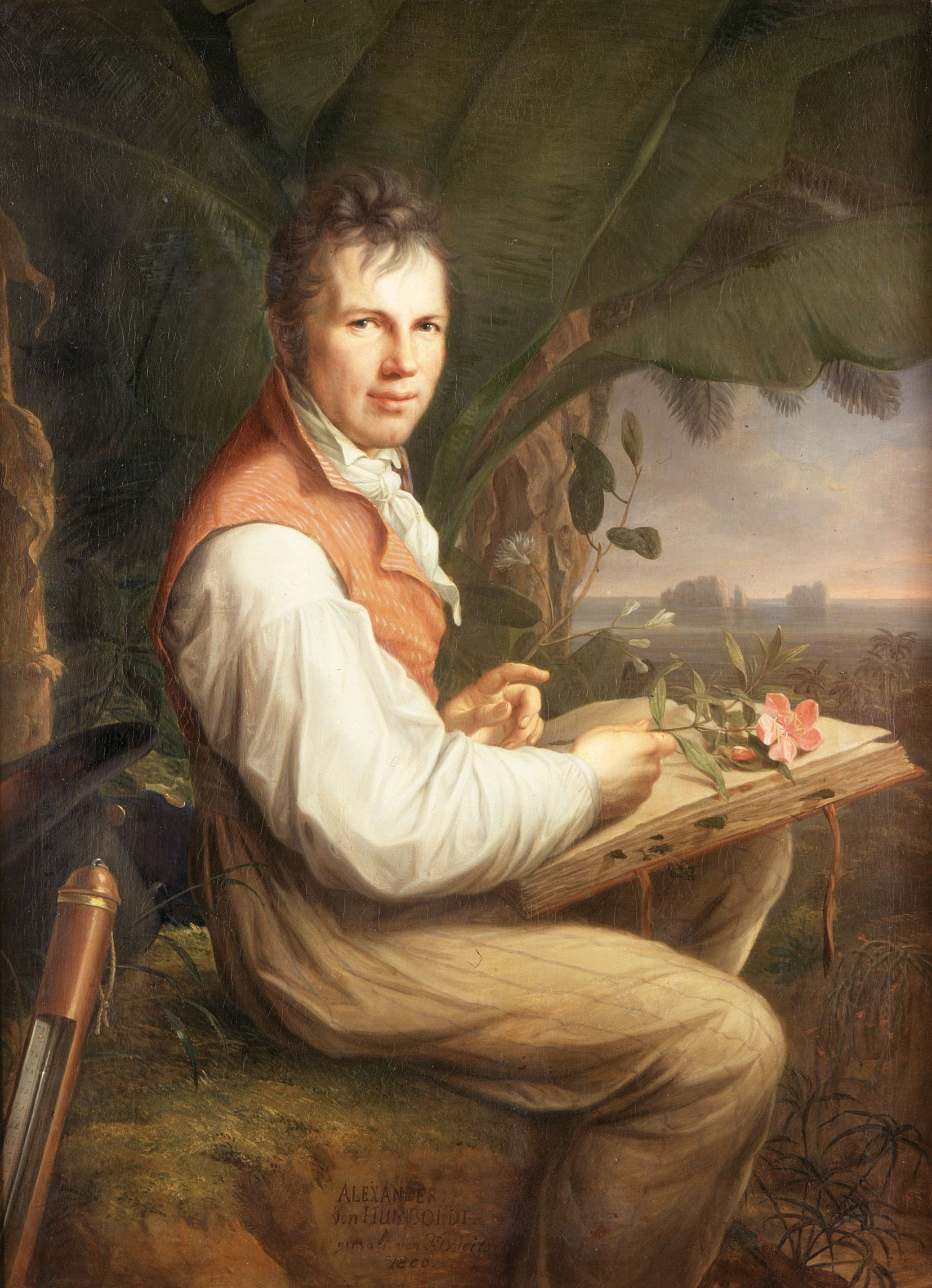
Second is Daum’s nuanced picture of Humboldt. Take, for example, his political stance, or lack thereof. Though remembered for his liberal values and criticism of colonialism and slavery, he feared bloody violence, such as seen during the French Revolution and favoured more gradual reforms. When Prussia took the fight to Napoleon and occupied Paris in 1814, his brother Wilhelm supported the German cause while Alexander refused to, “souring relations between the two” (p. 105). Humboldt helped prevent the Paris Museum of Natural History from being looted and drew criticism back in Germany when lobbying for stolen German artworks to stay in Paris. He supported and found patronage for French and German scientists alike and, by refusing to pick sides, easily moved in different social circles. When he later returned to Berlin with its increasingly conservative political climate that curbed freedom of expression, he swam against the tide by offering free public lectures that became incredibly popular.
Daum gives a similarly nuanced picture of Humboldt’s way of working. Hearing of his grand plans for the American expedition, his brother was already concerned he would overreach. Indeed, he habitually bit off more than he could chew, always had multiple manuscripts on the go, and left a legacy of unfinished projects. Kosmos, the magnum opus he laboured on for the last two decades of his life, was not necessarily a resounding success, despite the high sales. Some contemporaries considered it challenging or requiring too much prior knowledge. Ironically, the proliferation of simplified versions and explainers meant that Humboldt succeeded, sort of, in popularizing science, though it “had taken on a momentum that the author could no longer control” (p. 142). Daum characterizes it as synopsis of material rather than a coherent synthesis, which buttresses his conclusion that Humboldt is remembered not for coming up with “a clearly defined theory that fundamentally changed scientific and social thinking”, but for leaving us with “myriad complex thoughts and incentives for further research” (p. 151).

Given the number of people who will have read Wulf’s The Invention of Nature, a comparison is in order. My one-liner is that Daum’s book is less fluff, more facts. The book’s brevity is partially achieved by omitting all the biographical material on other people that Wulf included and partially by mentioning rather than describing events in lively detail. This is particularly noticeable when it comes to Humboldt’s expeditions. Now, before you conclude that Daum’s book contains less material than Wulf’s, let me stop you there. For all its brevity, there are numerous details here not mentioned by Wulf. Beyond factoids, there are the above-mentioned aspects, attention for his lesser-known works, a more informed opinion on his sexuality, and many other things besides. In a mere 153 pages, Daum concisely offers a full yet nuanced picture of Humboldt’s life and work.
If you have already read The Invention of Nature, should you read this biography? Next to being a quick read, hopefully by now you are convinced Daum’s book is worth your time by offering a different perspective and much new information. I found reading them together an instructive and rewarding exercise. If you insist on me recommending just one book, answer me this: do you read history books to be informed or to be entertained? In the former case, choose Daum for a more scholarly take; in the latter, choose Wulf for an entertaining book that indulges in digressions. I hasten to add that I am talking shades of grey here: Daum prioritising the facts does not mean his book is boring, just as Wulf prioritising storytelling does not mean her book is inaccurate.


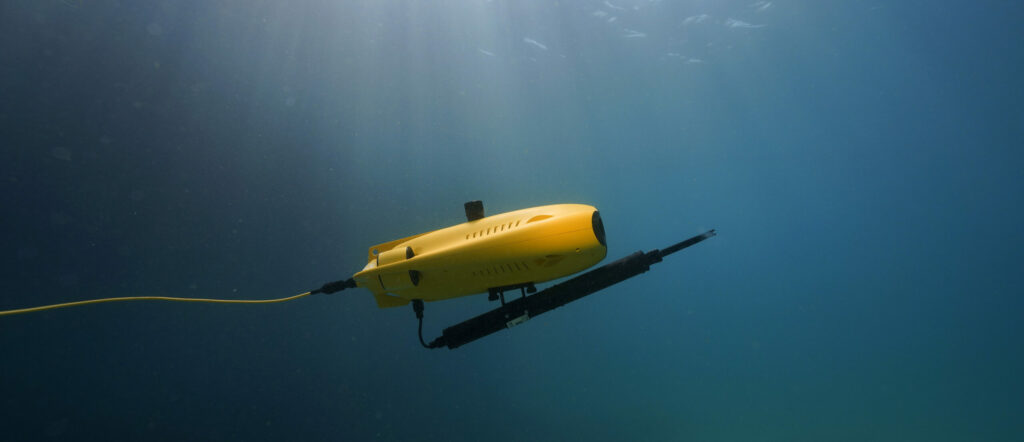




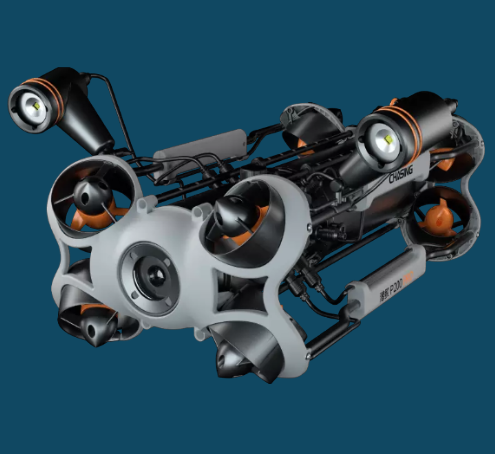

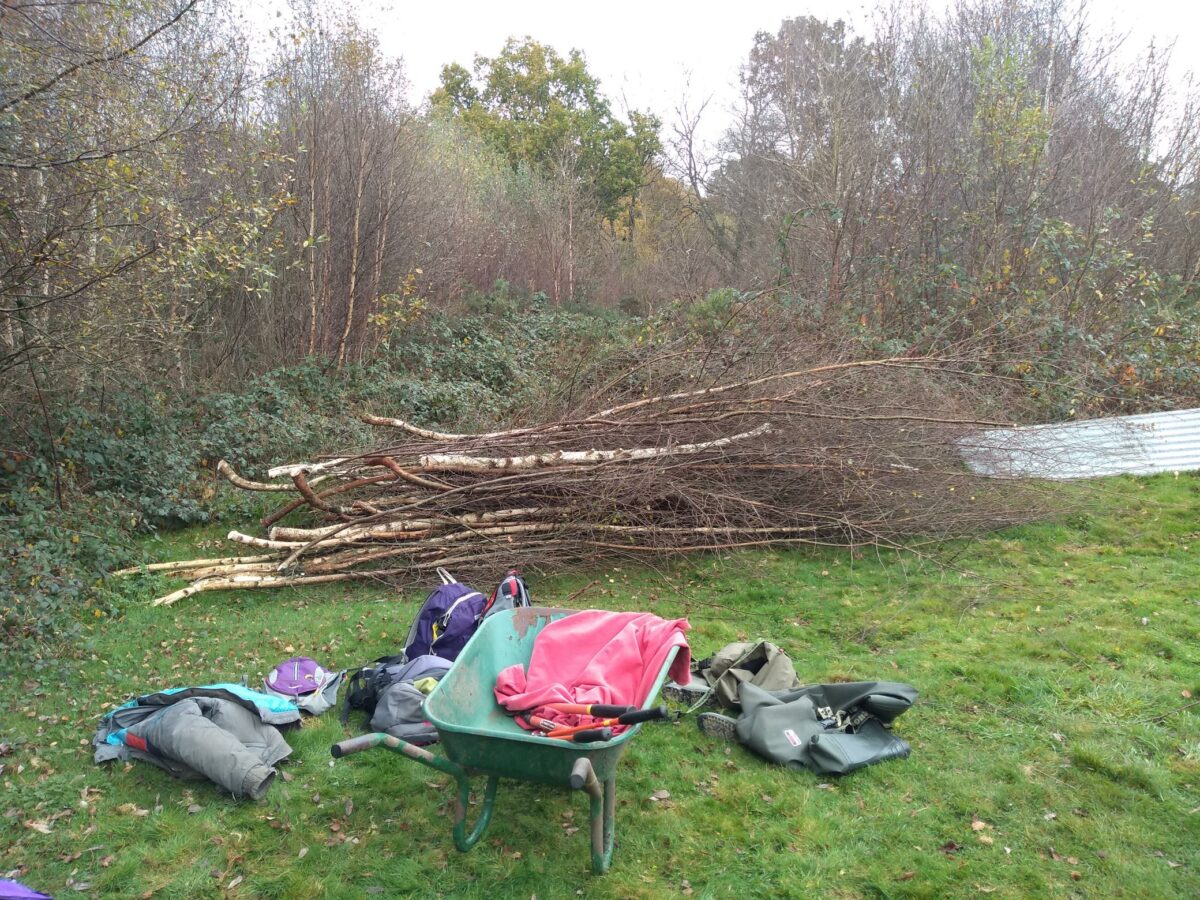
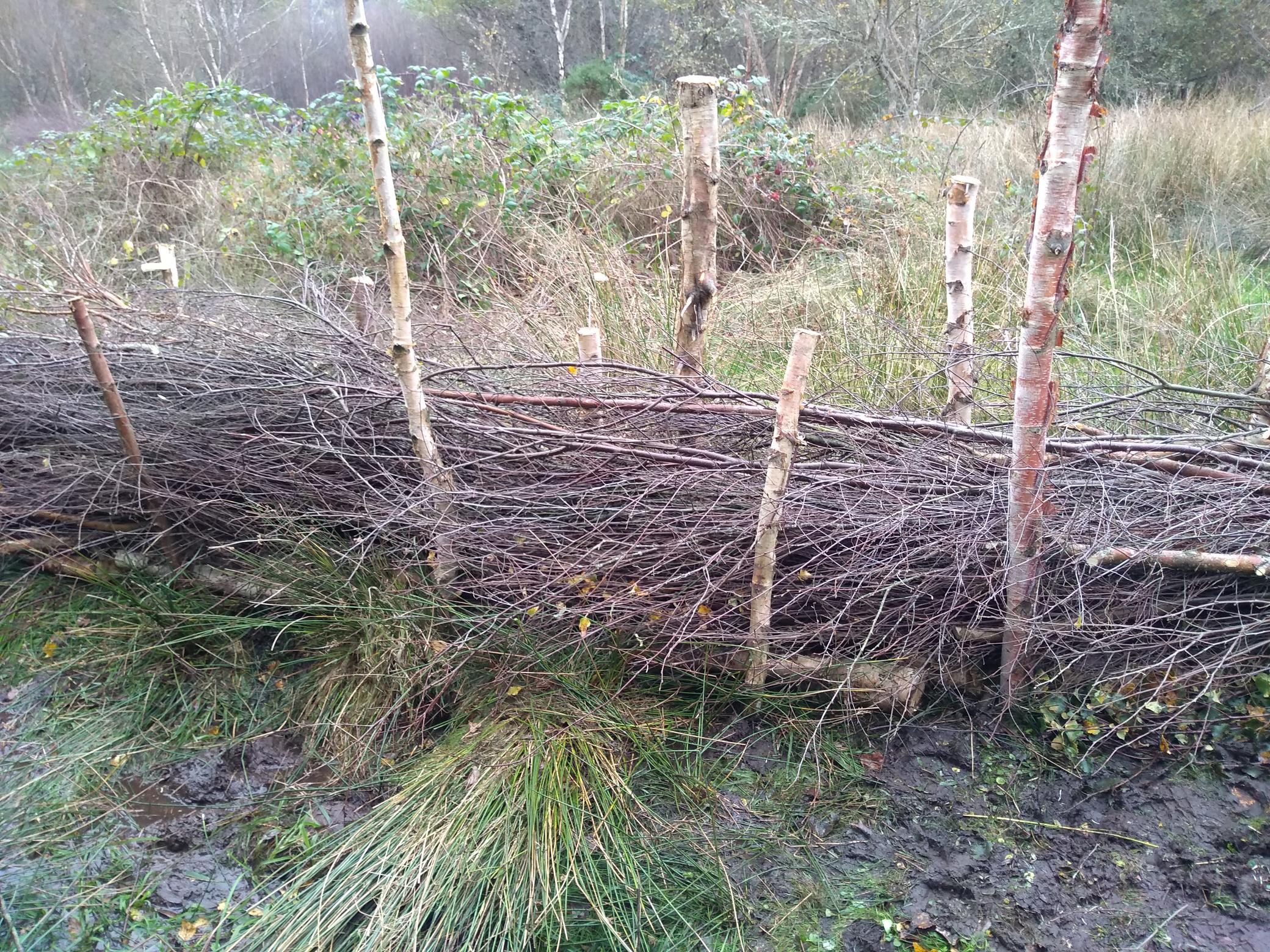
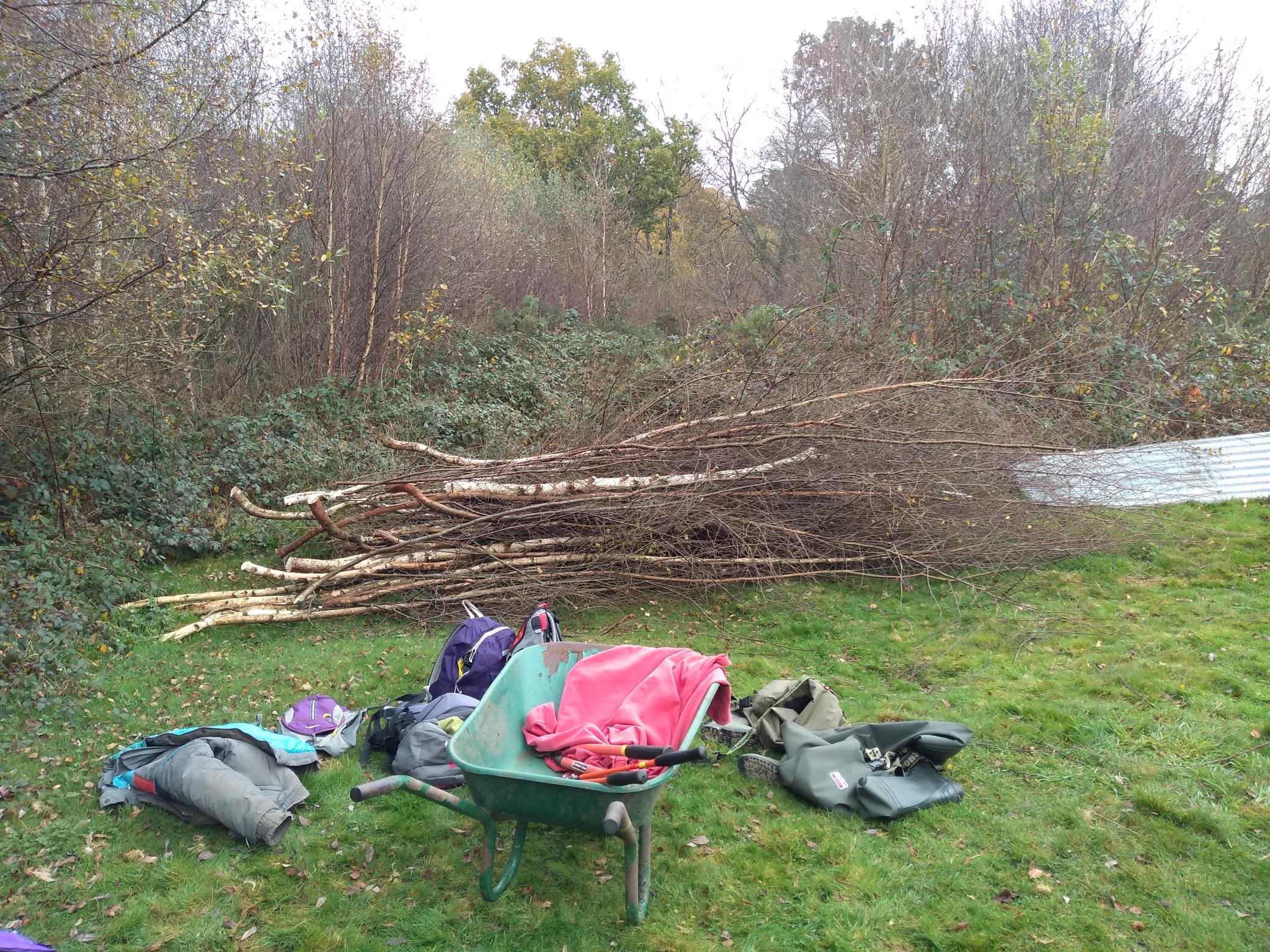
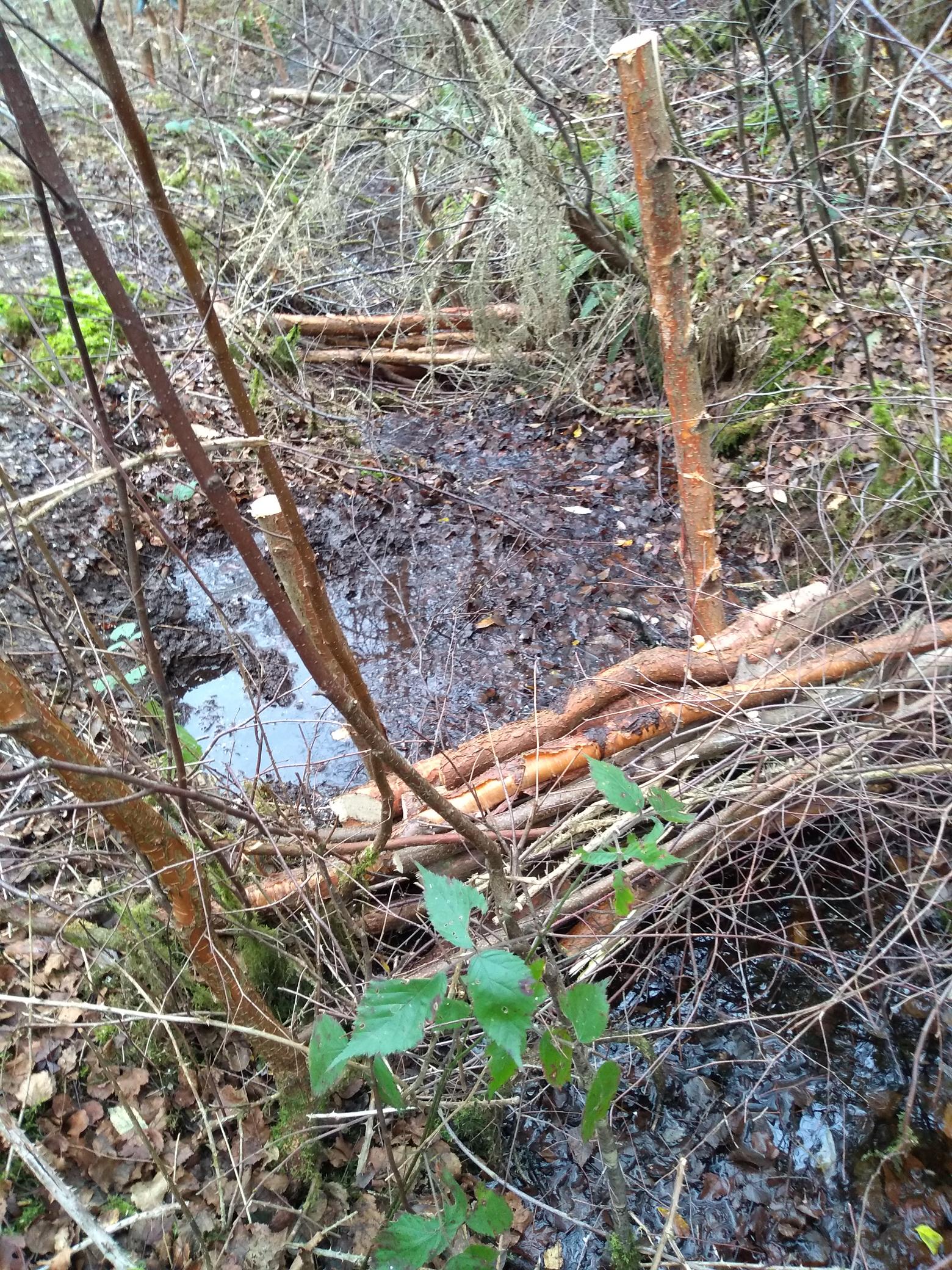
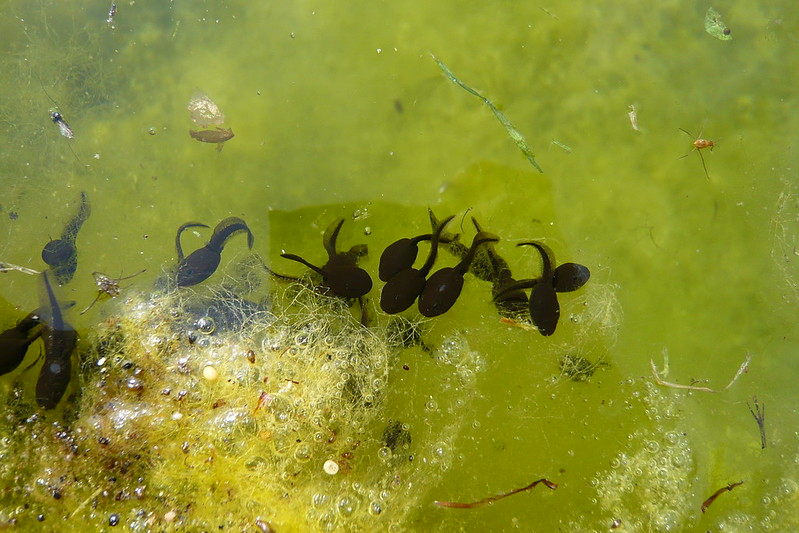
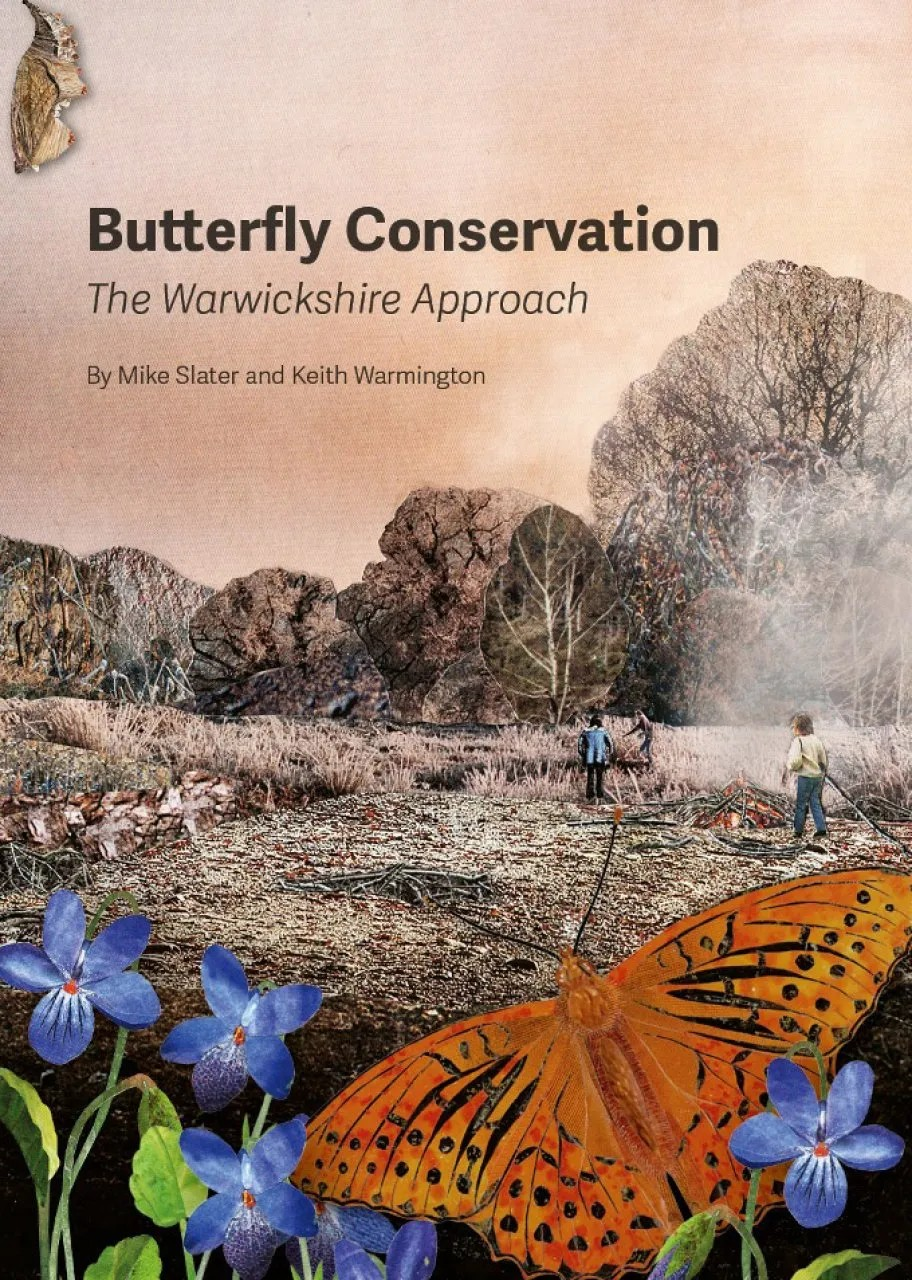
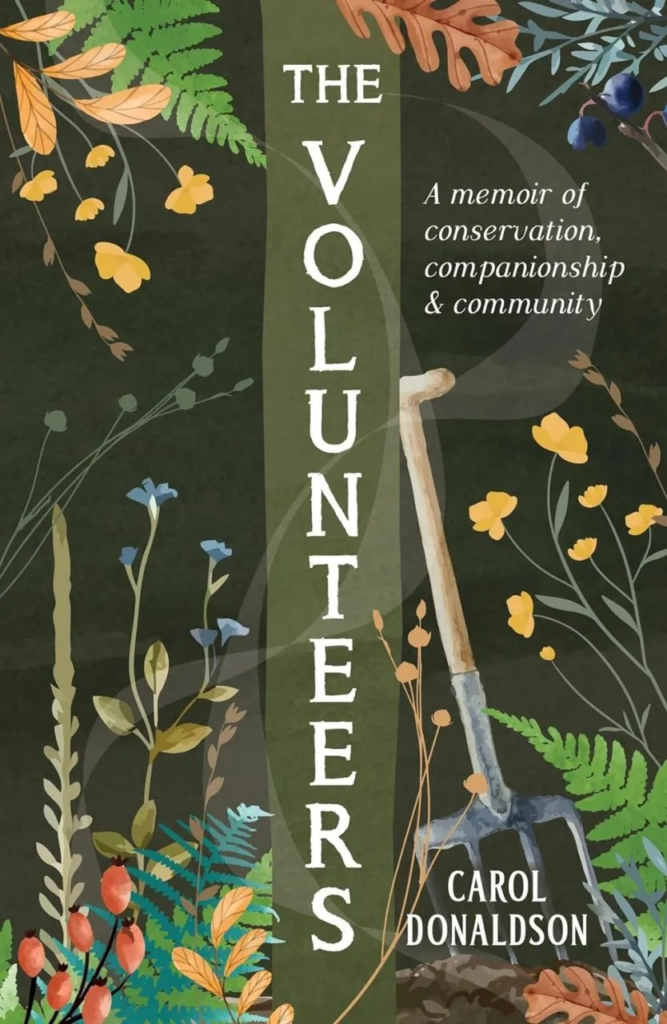
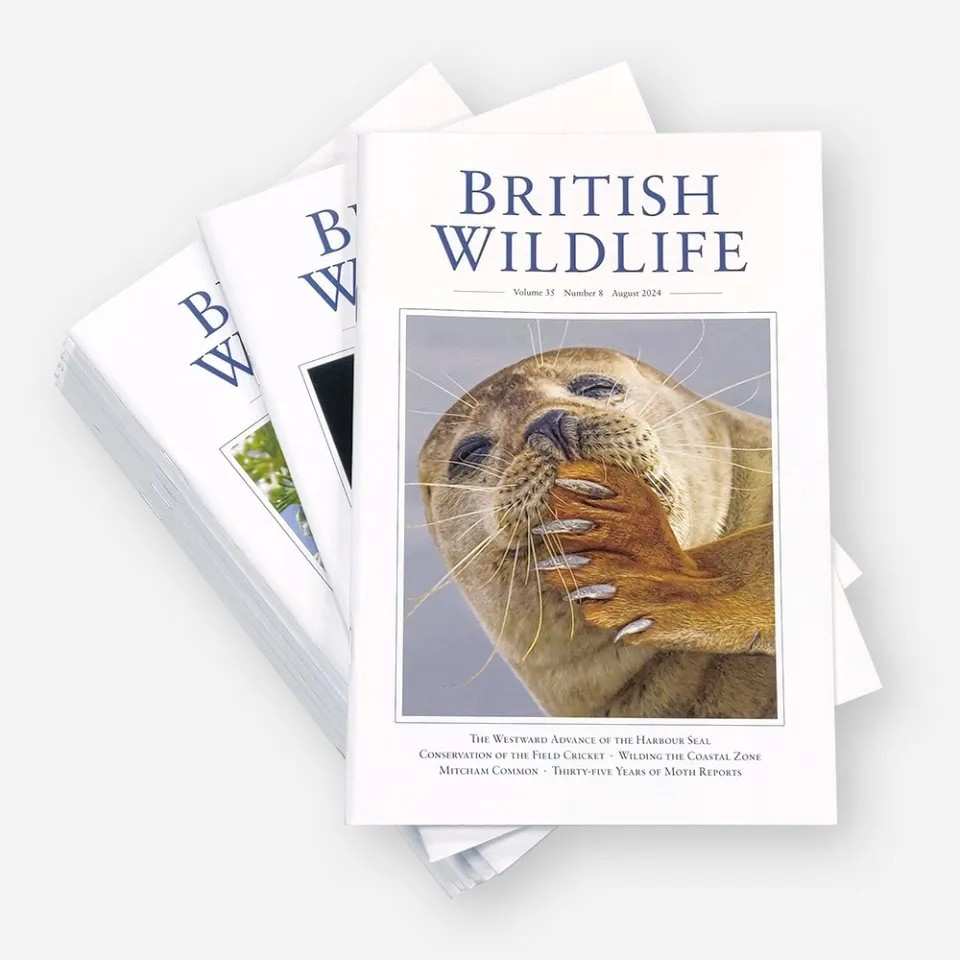

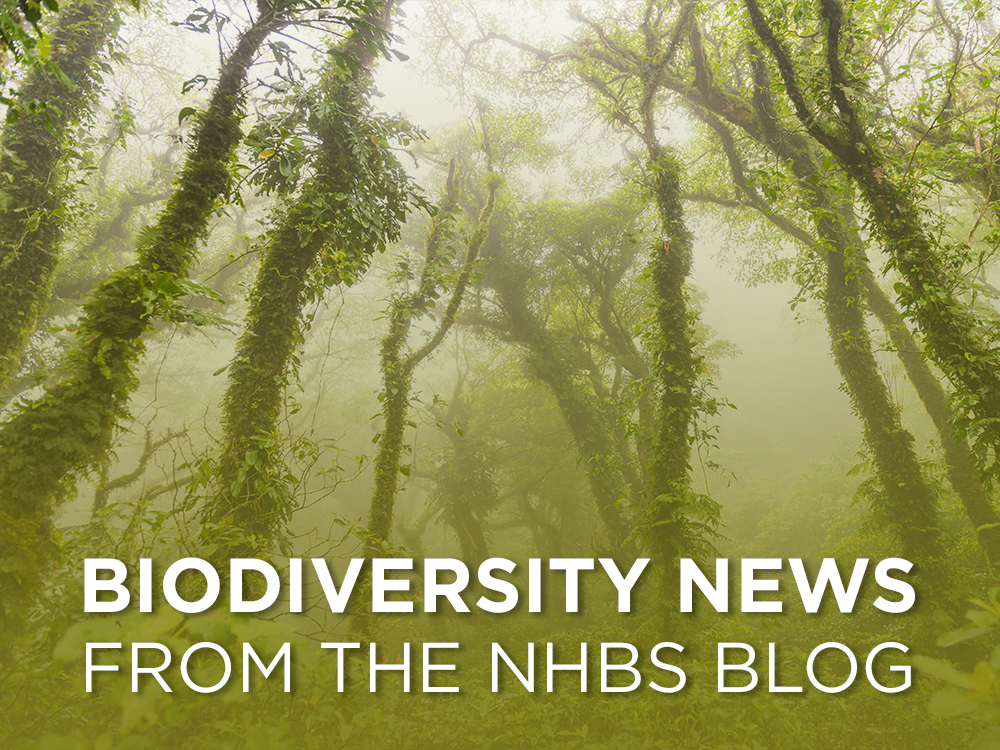
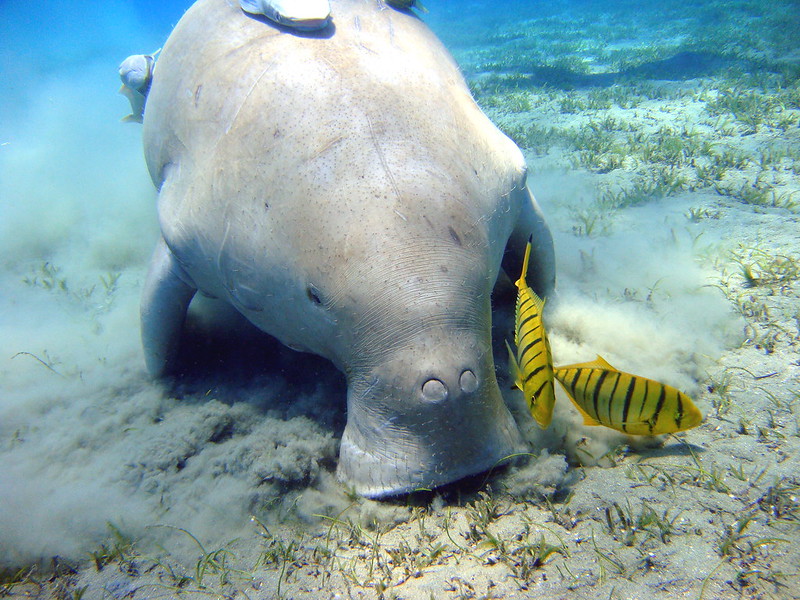
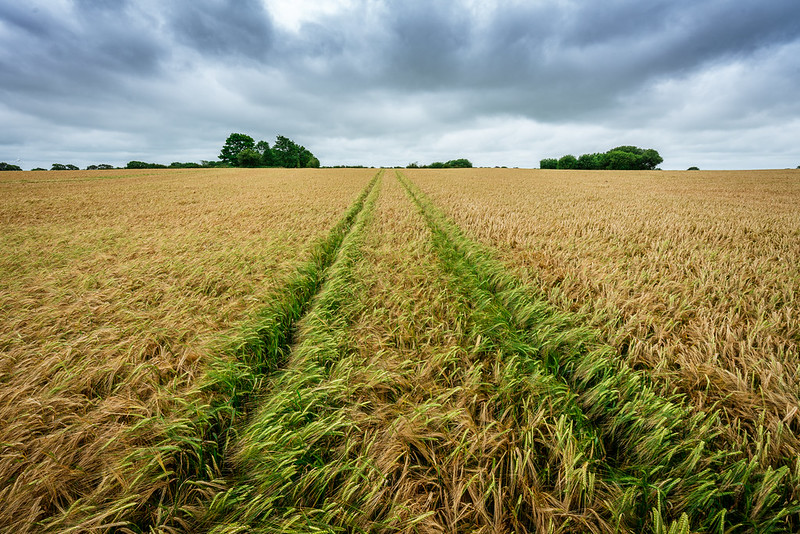
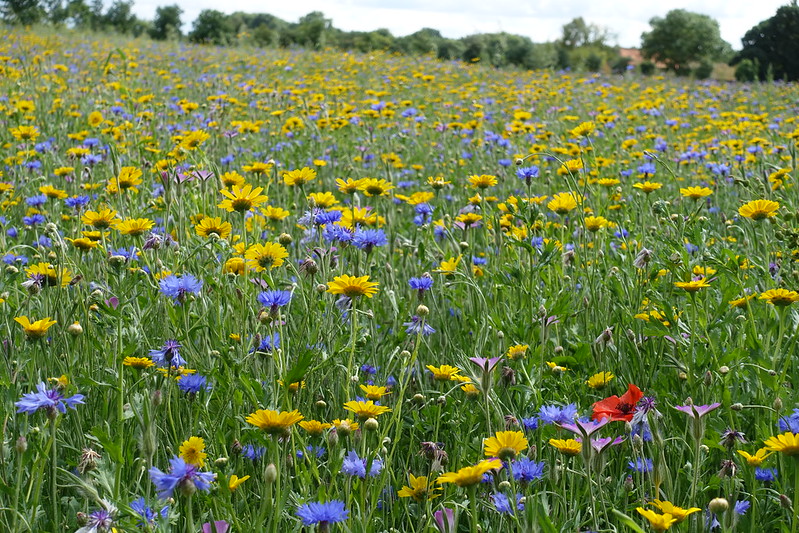
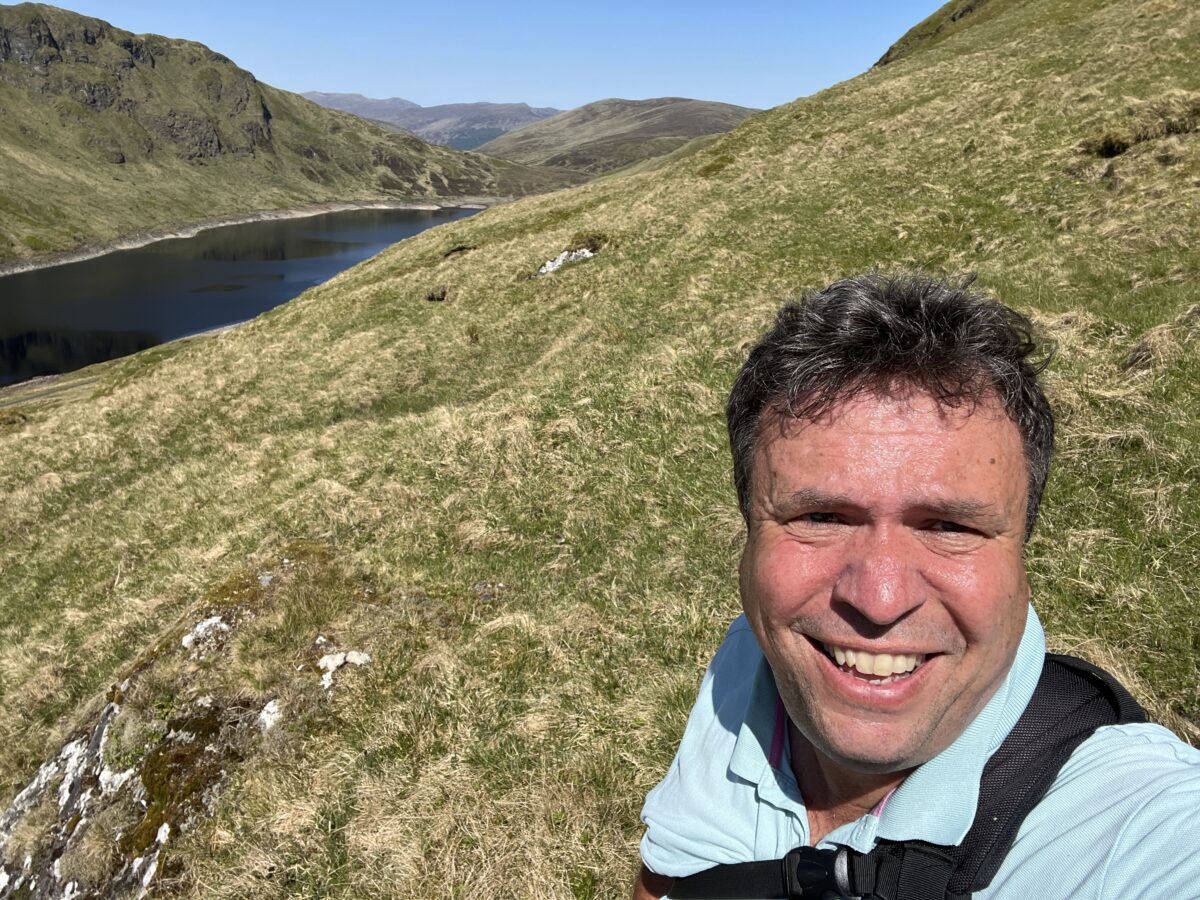


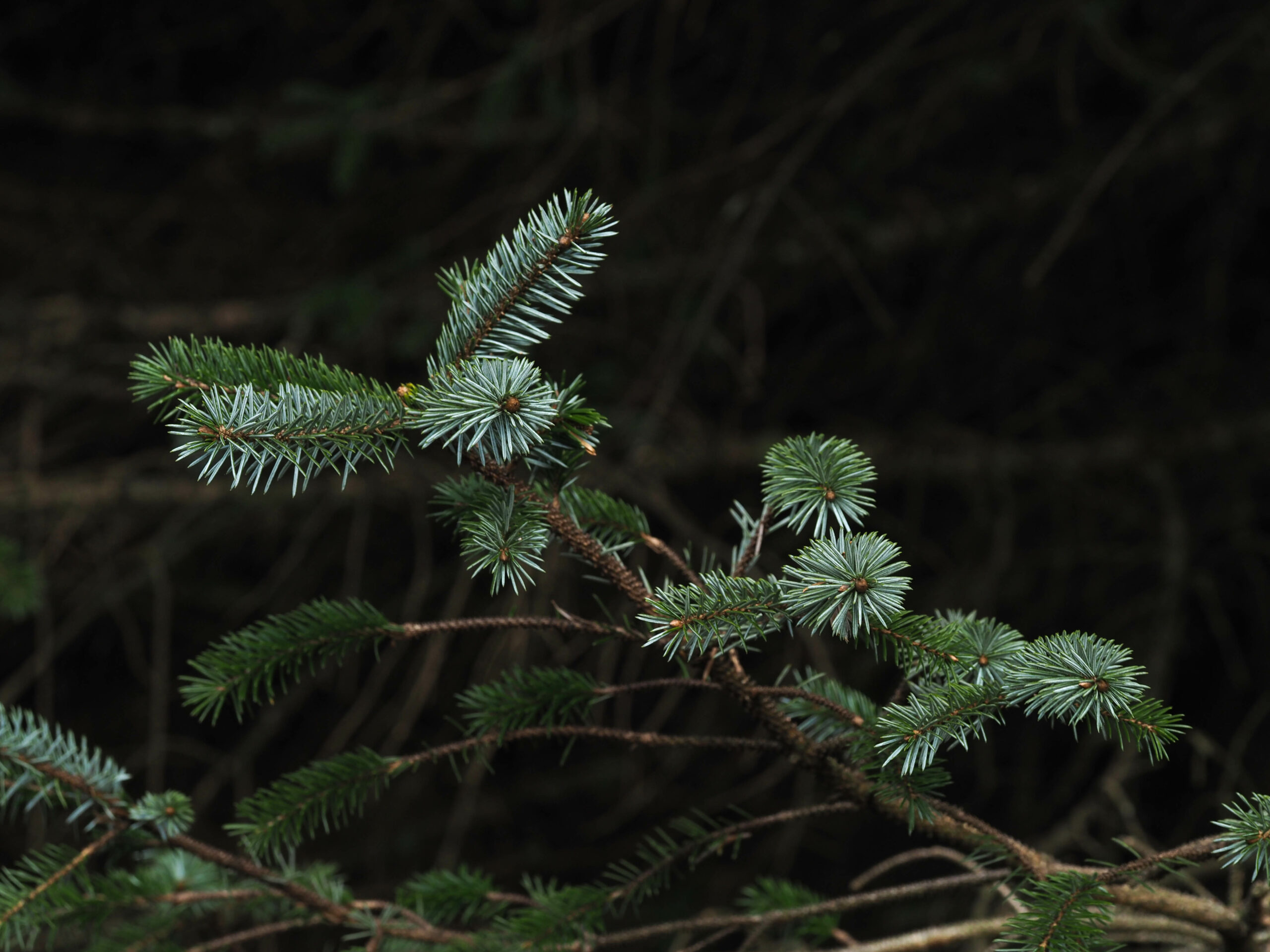
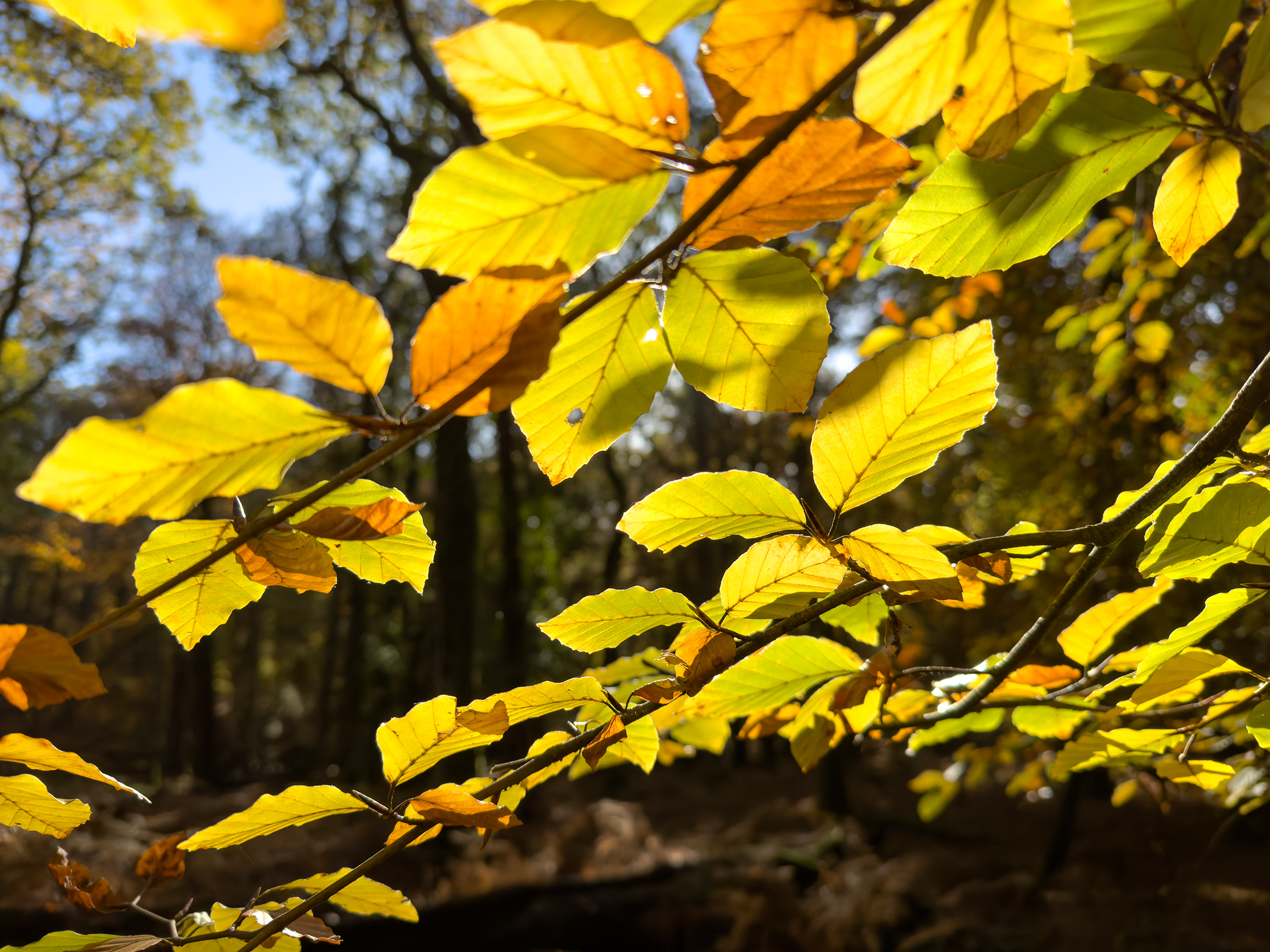
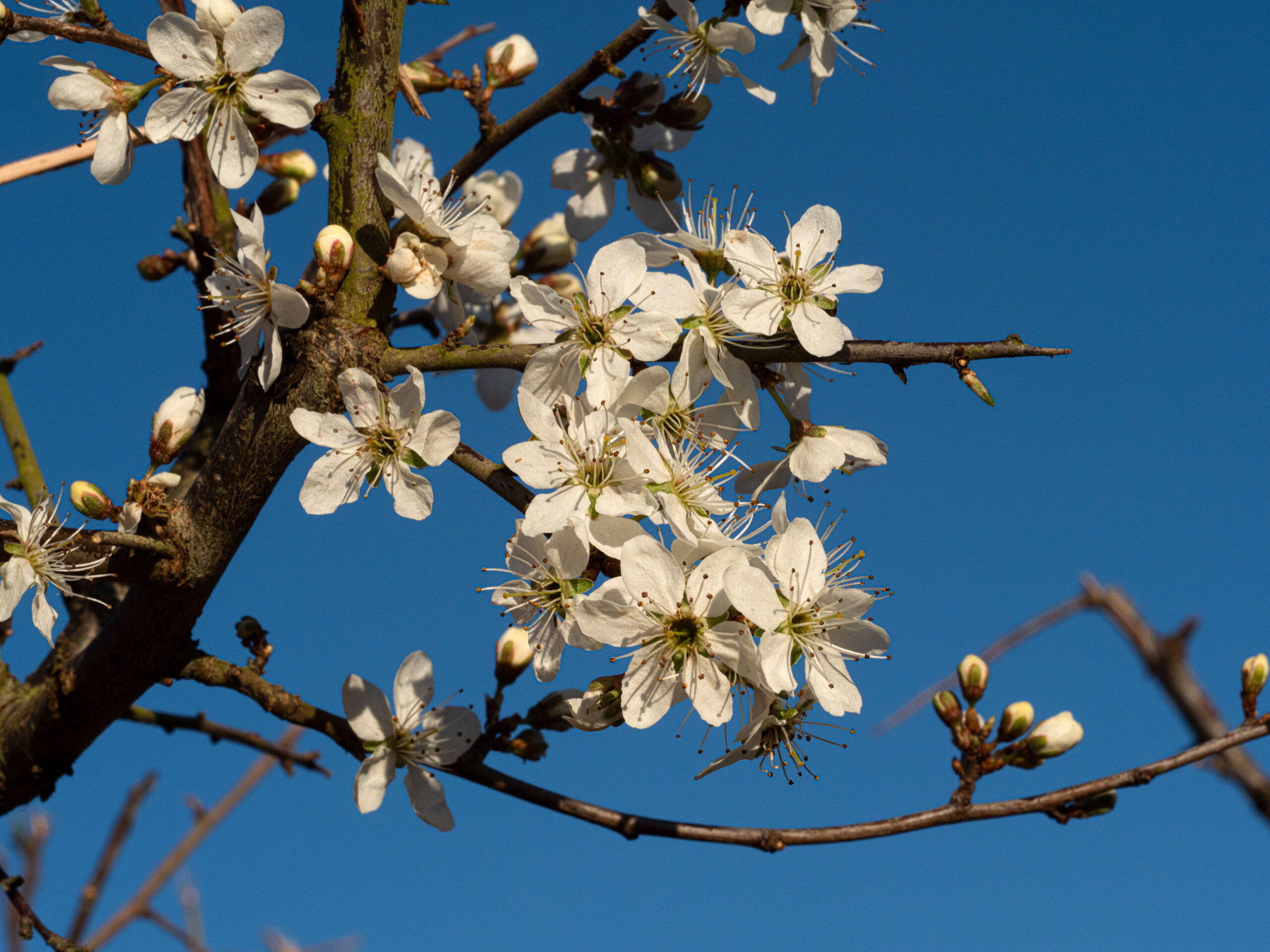
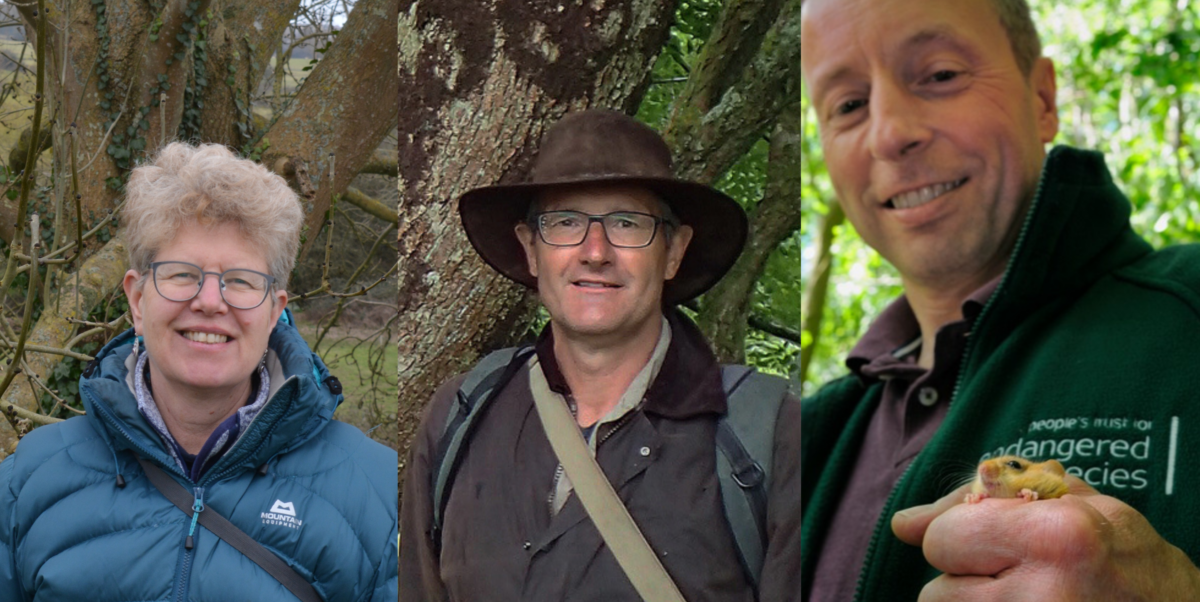
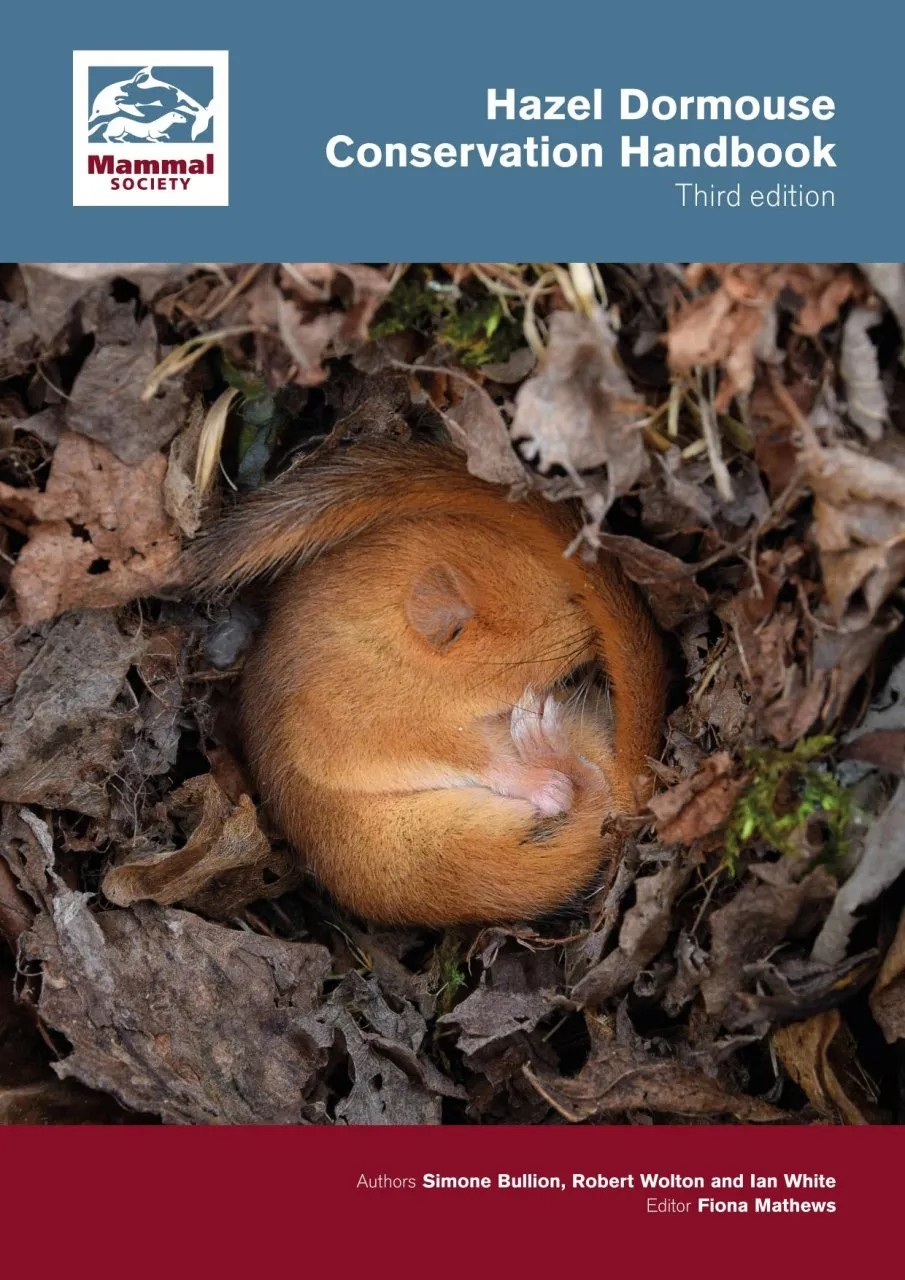
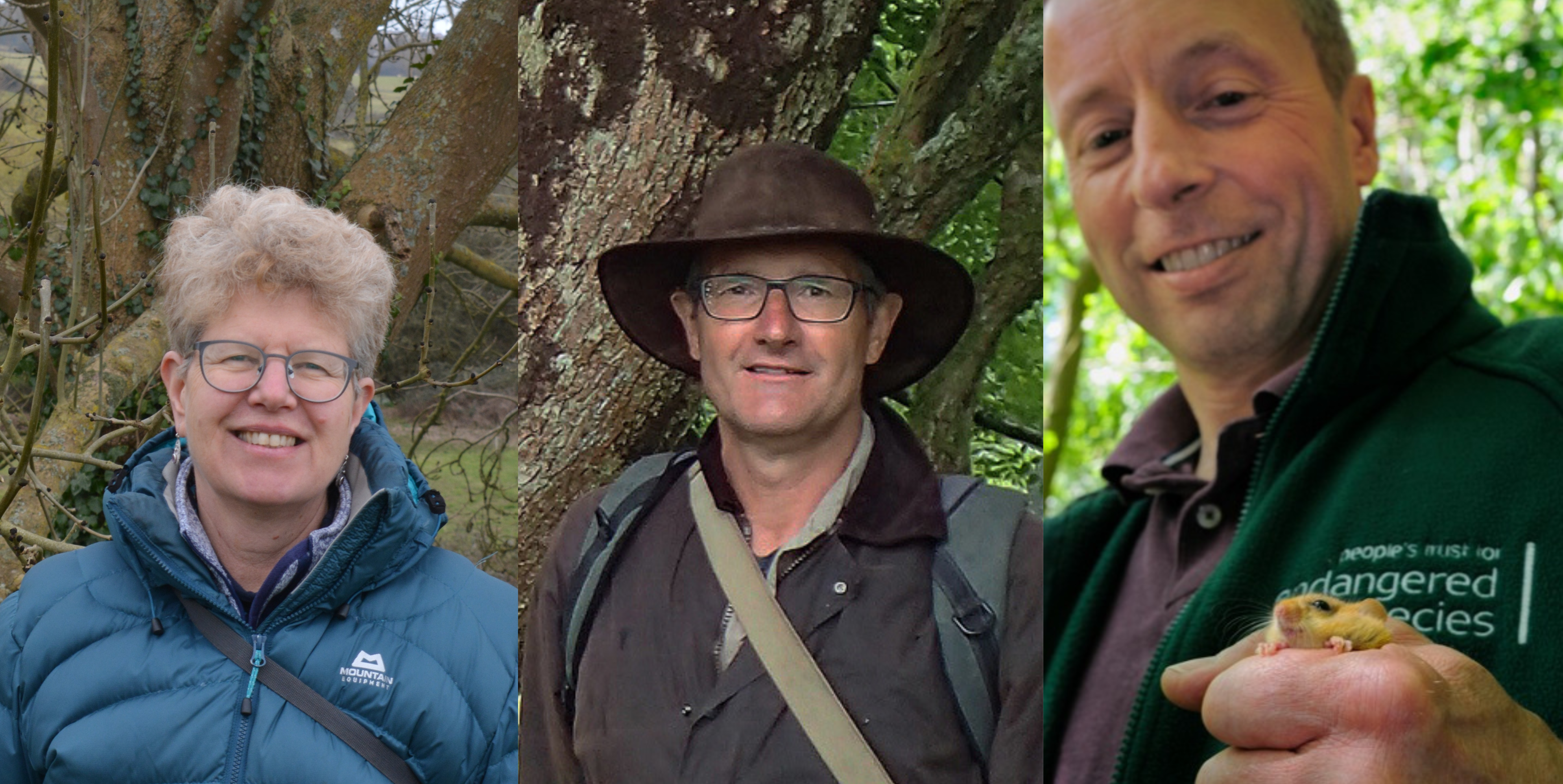
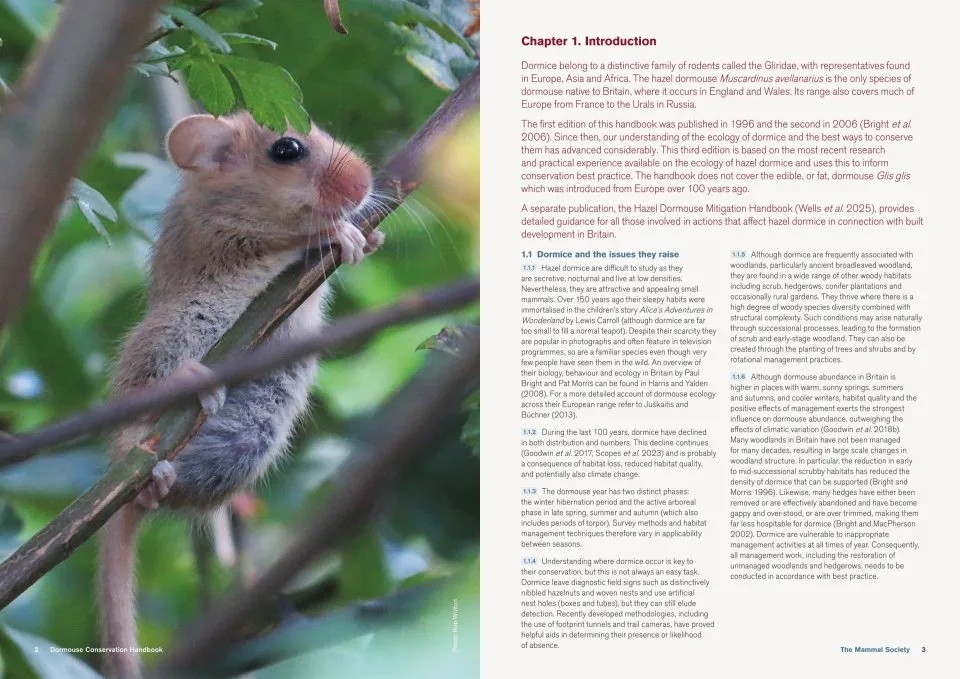
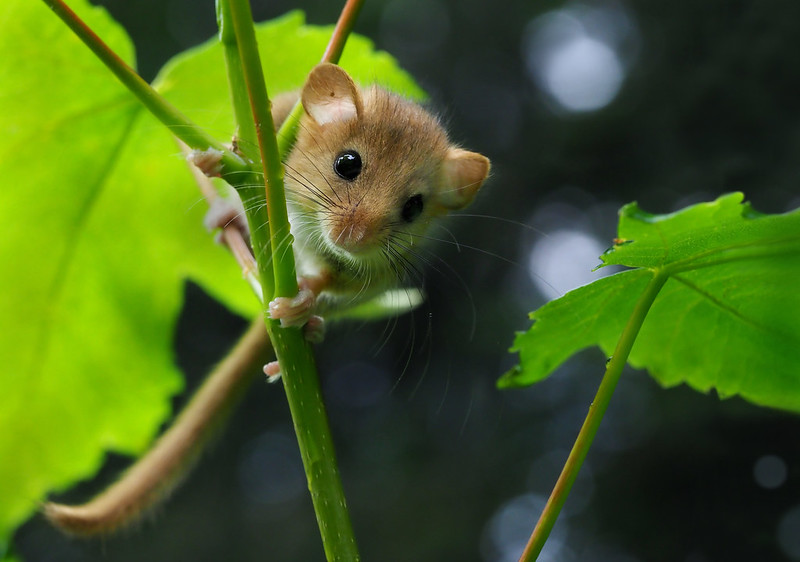

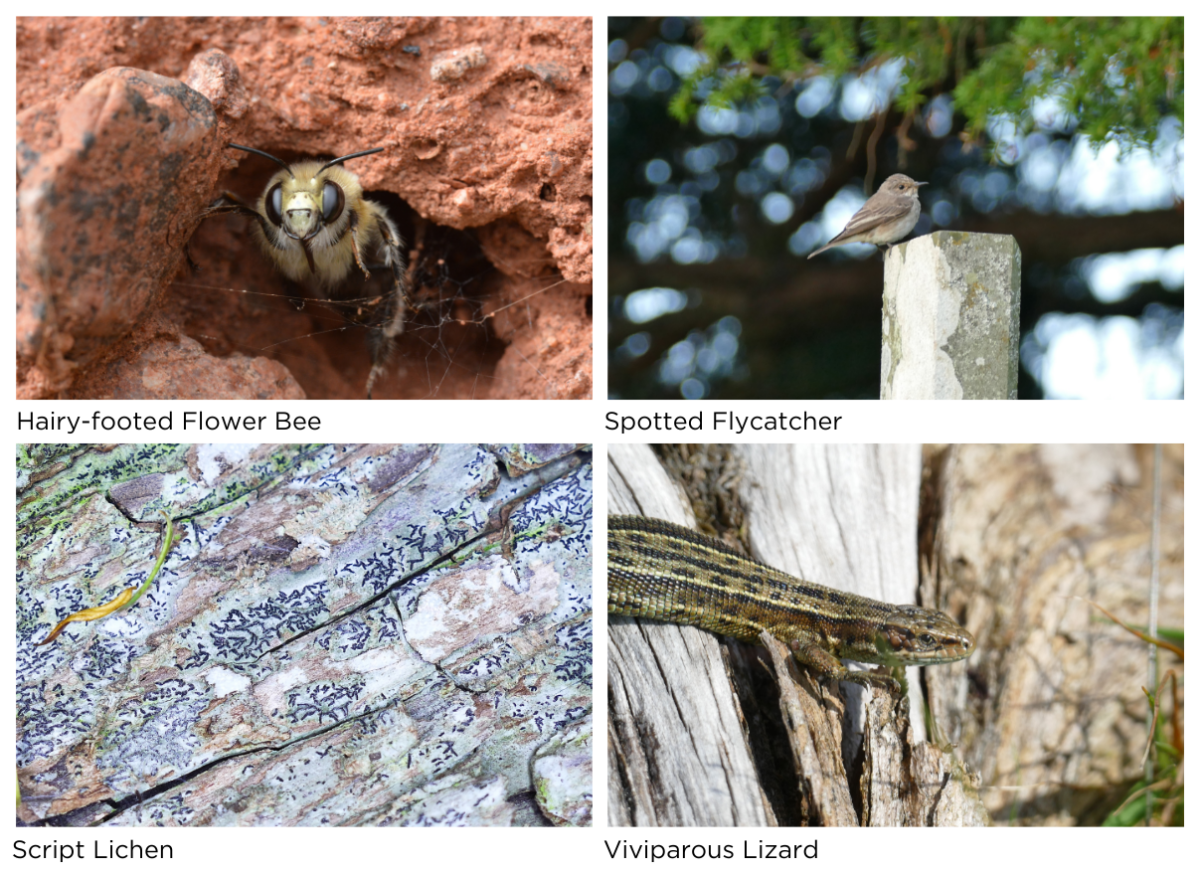
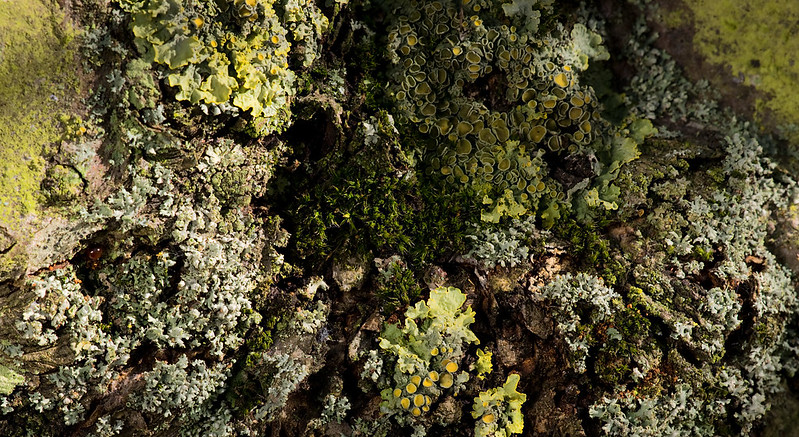
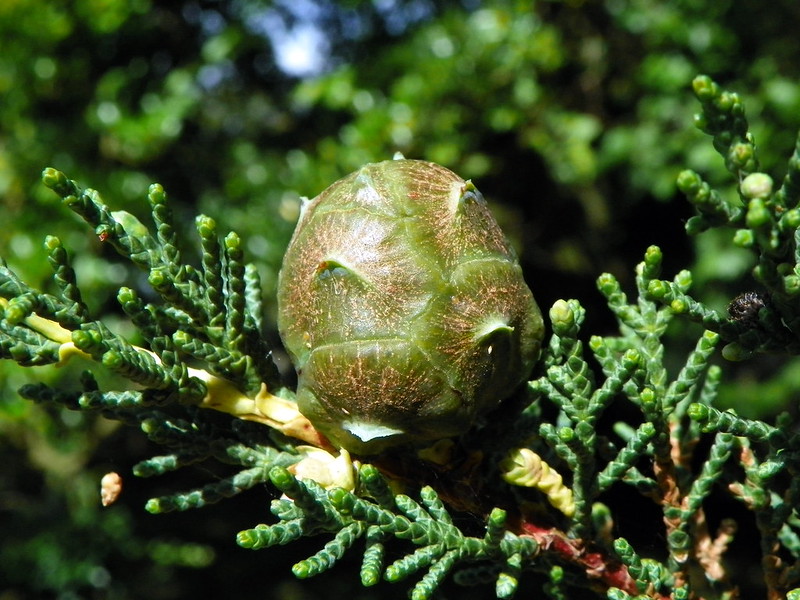
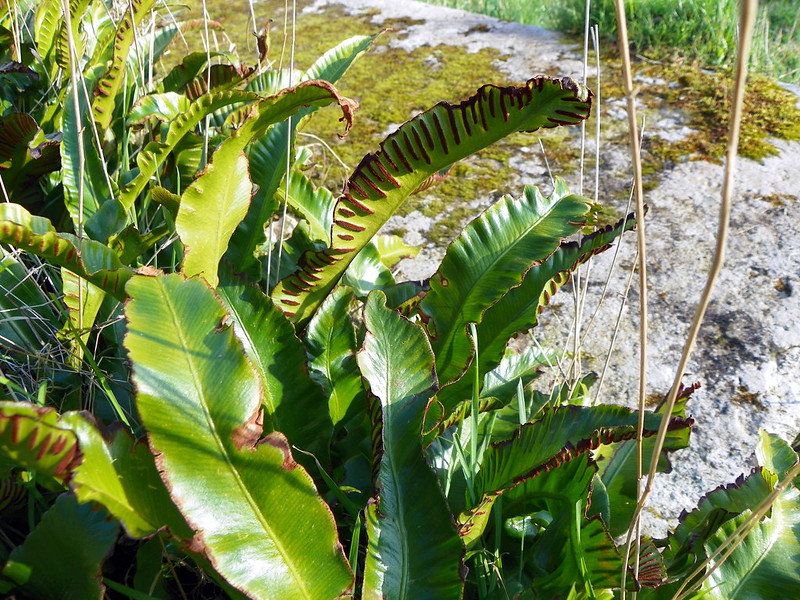
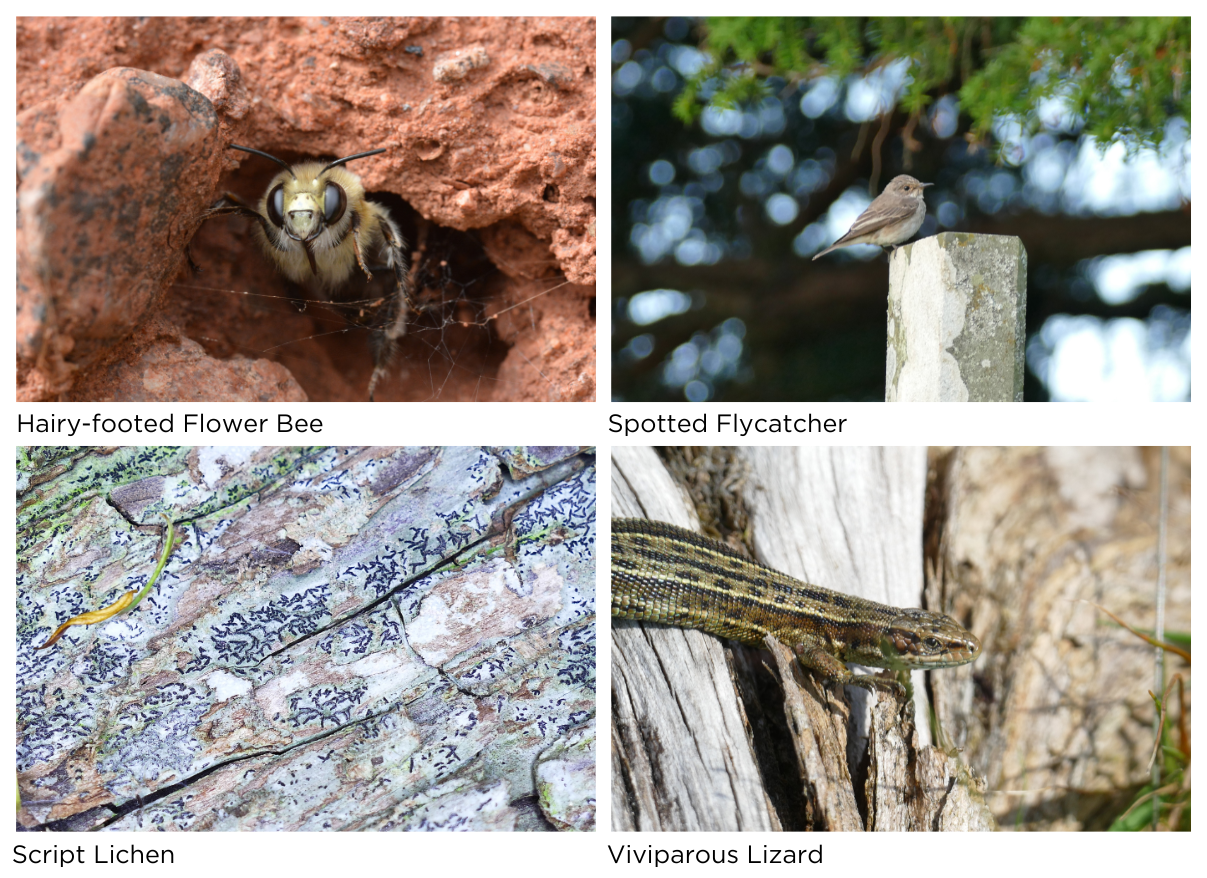
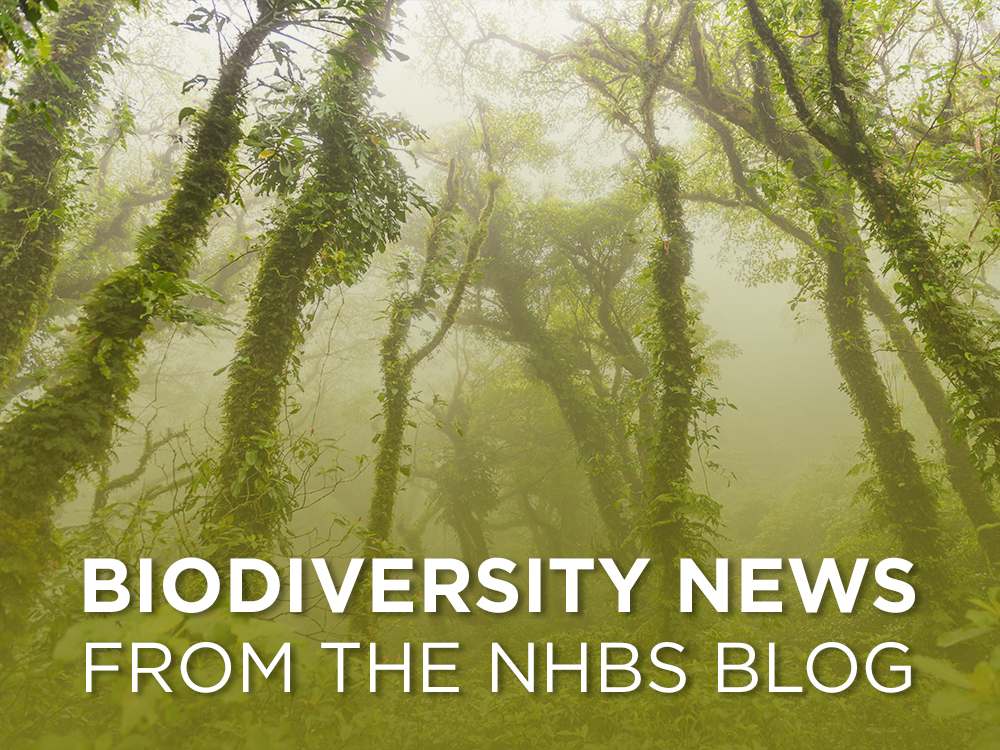
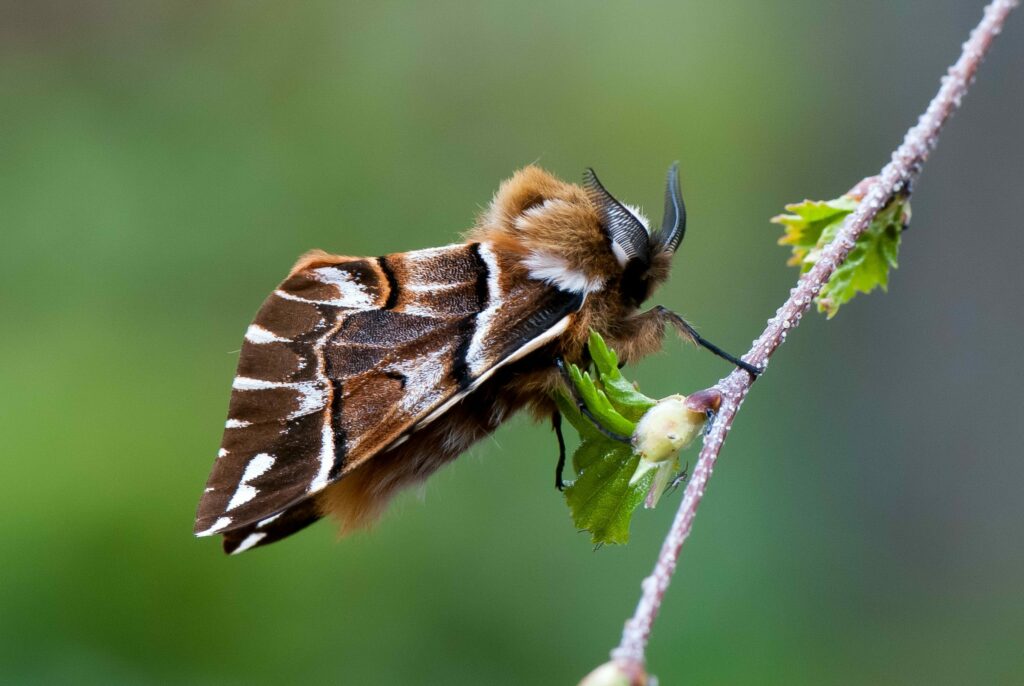
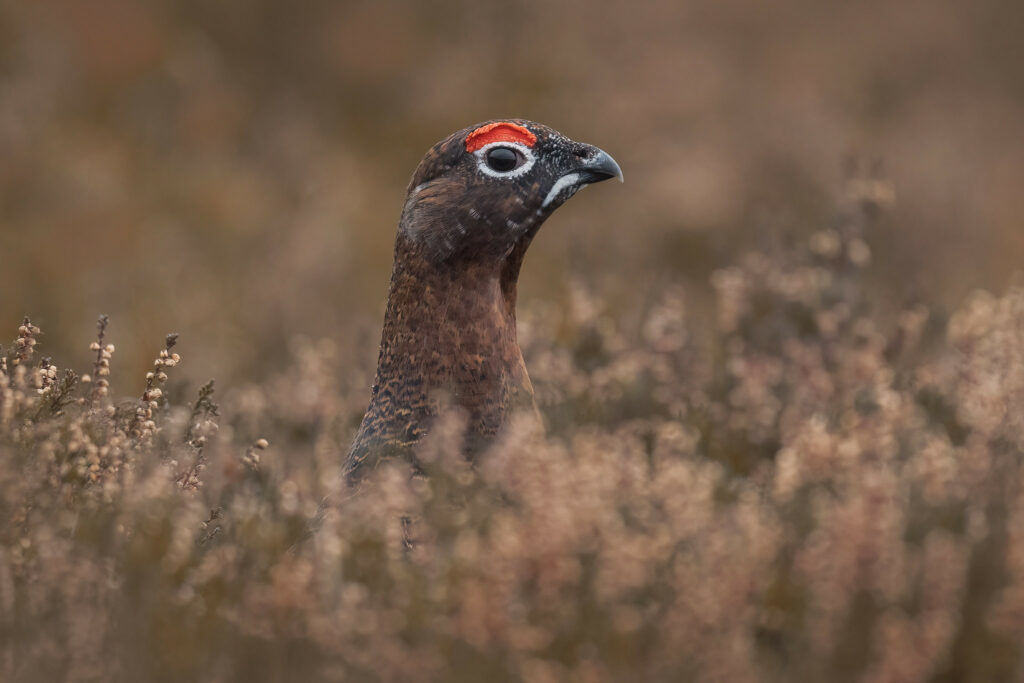
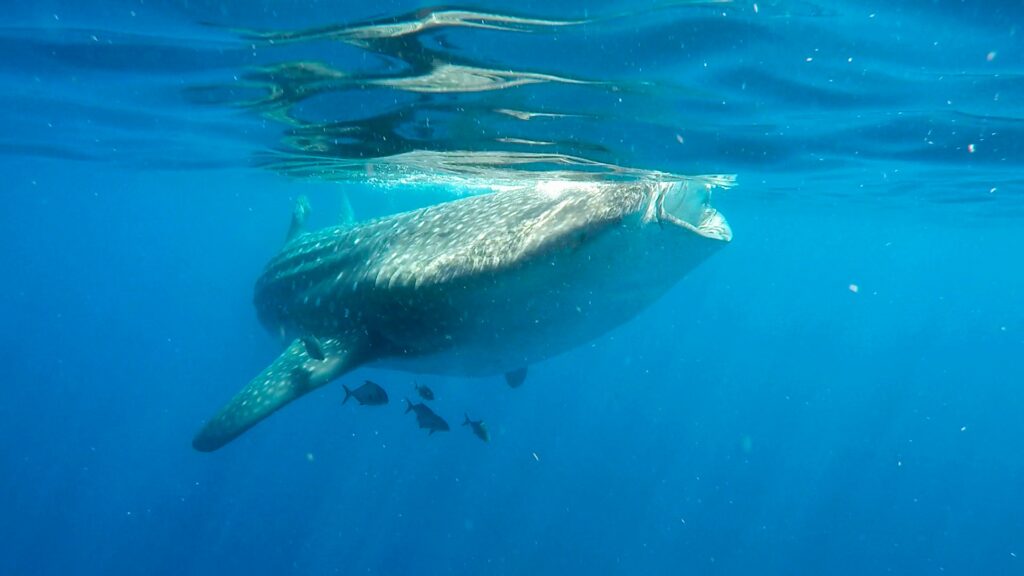

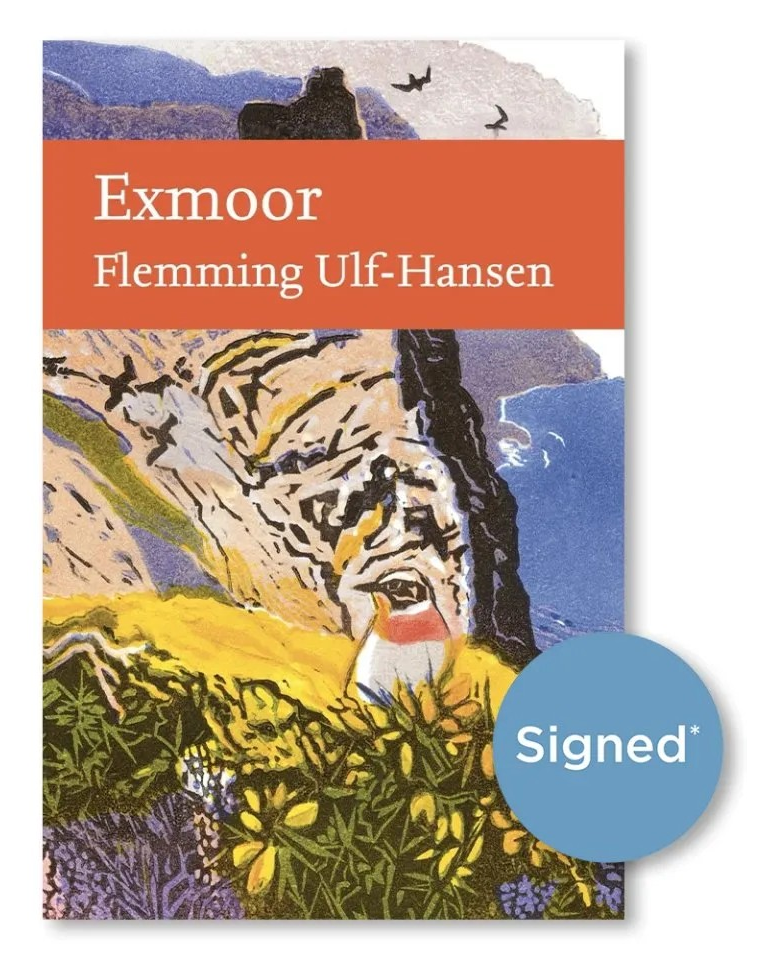
 Flemming Ulf-Hansen is an ecologist with nearly 37 years of experience working in wildlife conservation, primarily across Exmoor and Salisbury Plain. He is the founding chair of the Exmoor Mires Project and specializes in ecological restoration, with a host of expertise in grassland, woodland, and heathland management, as well as invasive species control. He joined the Nature Conservancy Council in 1988 and was awarded a Churchill Fellowship in 2010 to study habitat restoration.
Flemming Ulf-Hansen is an ecologist with nearly 37 years of experience working in wildlife conservation, primarily across Exmoor and Salisbury Plain. He is the founding chair of the Exmoor Mires Project and specializes in ecological restoration, with a host of expertise in grassland, woodland, and heathland management, as well as invasive species control. He joined the Nature Conservancy Council in 1988 and was awarded a Churchill Fellowship in 2010 to study habitat restoration.